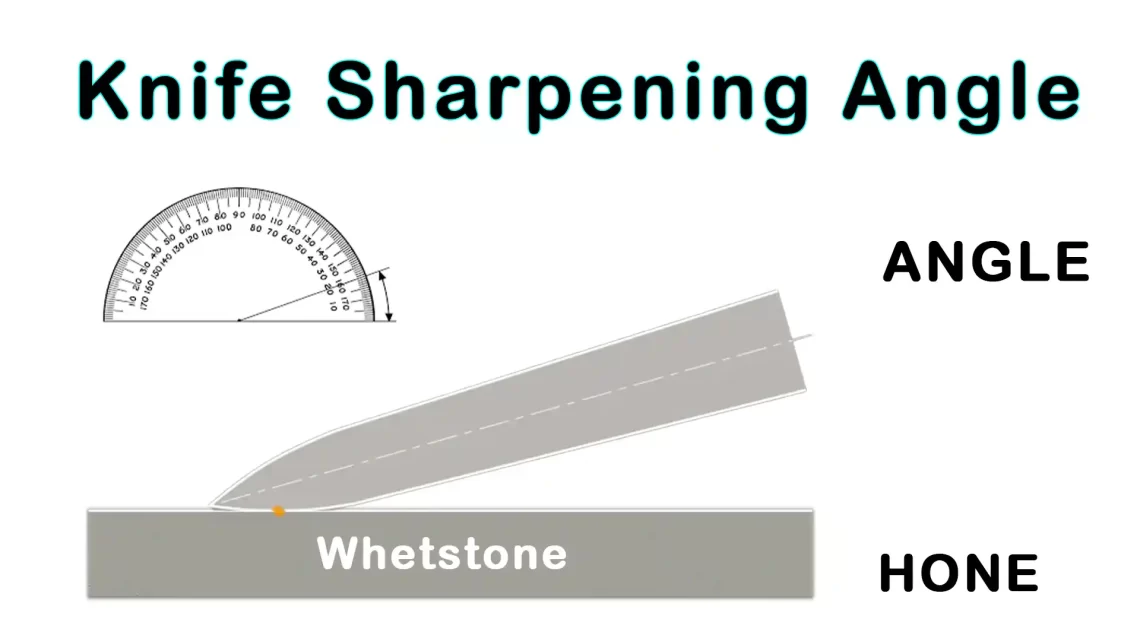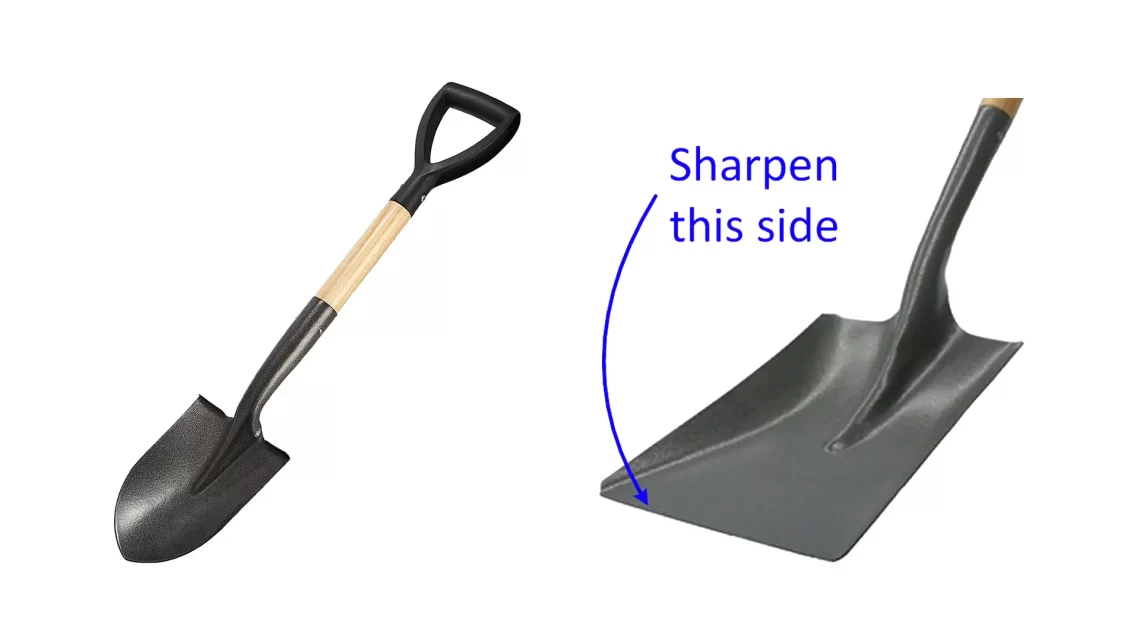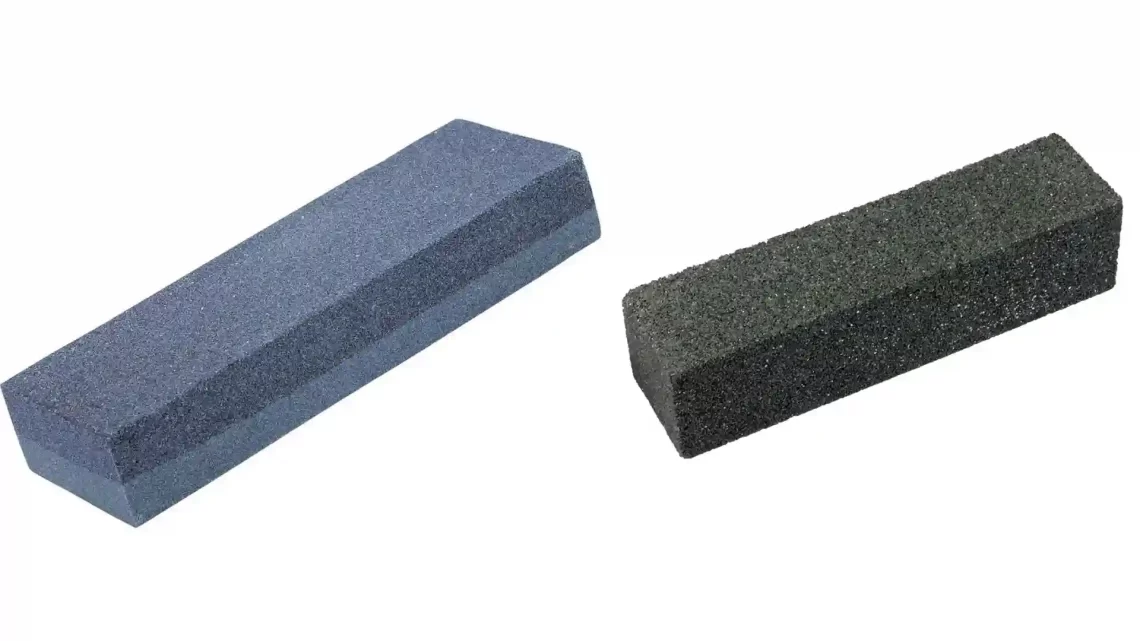Introduction:
In this article, we’ll explore the critical aspects of selecting the right angle for sharpening your knife. Customers often express curiosity about this topic, seeking guidance on why certain angles are preferred over others. Let’s delve into the intricacies of knife sharpening angles and their implications.
Clarifying Angles on Knives:
Before we proceed, it’s essential to clarify how we discuss angles on knives. Most knives feature bevels on both sides, forming the cutting edge. When we refer to a 20-degree angle, it means sharpening each side to that angle, resulting in a total angle of 40 degrees.
Understanding Double and Single Bevels:
While most knives have bevels on both sides, some traditional Asian knives may have a single bevel. However, in practice, the vast majority of Asian knives in the United States have bevels on both sides, typically sharpened to roughly 17 degrees.
Choosing the Right Angle:
Selecting the appropriate sharpening angle involves finding a balance between sharpness and durability, tailored to your specific knife usage. Whether you’re shaving, filleting fish, or chopping wood, each task requires a different edge, influencing your angle selection.
Exploring Hardness vs. Toughness:
Steel hardness and toughness play crucial roles in knife making. Hardness, measured on the Rockwell C Scale, refers to a material’s resistance to deformation. On the other hand, toughness denotes a material’s ability to withstand fractures. Achieving a balance between hardness and toughness is akin to selecting the appropriate sharpening angle.
Angles Under 10 Degrees:
Edges with angles under 10 degrees are delicate and typically used for cutting softer materials. For instance, straight razors are sharpened at angles around 7 to 8 degrees, requiring gentle maintenance and often sharpened with water stones.
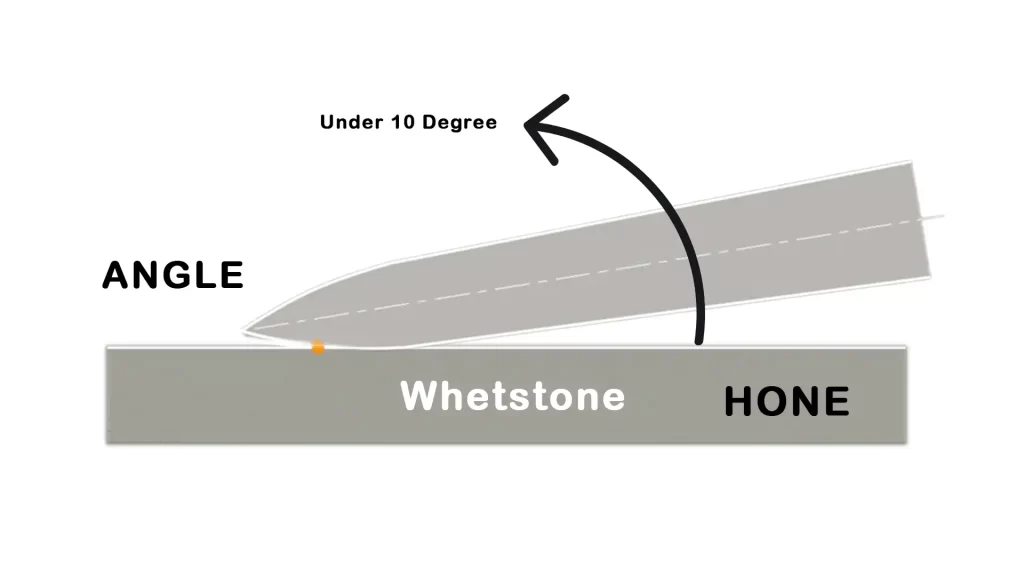
Angles Between 10 to 15 Degrees:
With angles between 10 to 15 degrees, the resulting edge is fine but delicate. These angles may not withstand chopping motions well, particularly with harder steels. Japanese knives at the higher end of this range have become popular due to their quality steel and precision cutting.
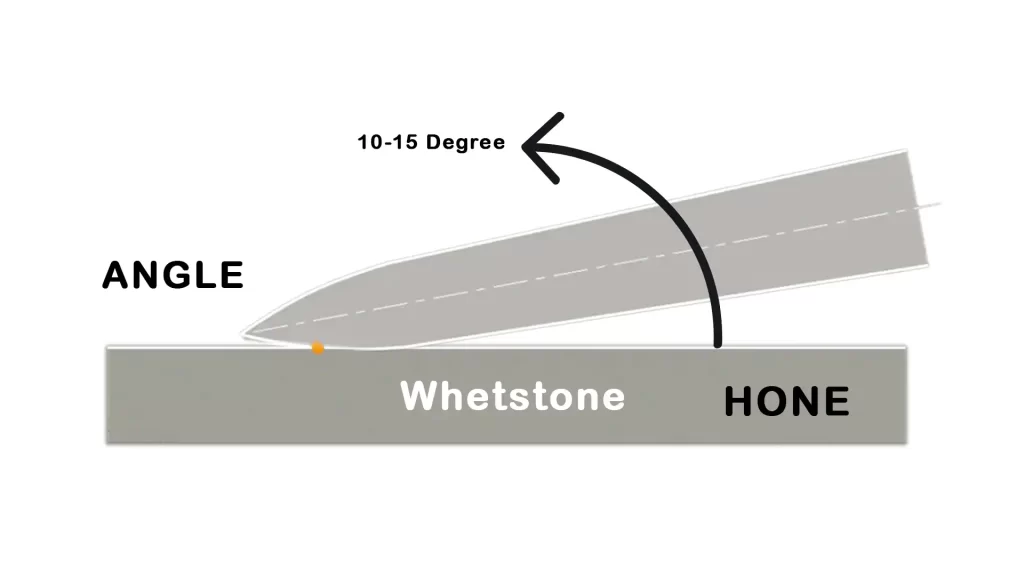
Angles from 15 to 17 Degrees:
Many Japanese and newer European/American knives are sharpened at angles between 15 to 17 degrees, offering a balance between sharpness and durability. This angle range is suitable for various kitchen tasks.
Angles from 17 to 22 Degrees:
For kitchen, pocket, and outdoor knives, angles between 17 to 22 degrees are common. These angles provide a good compromise between sharpness and durability, and covers most of the kitchen knives.
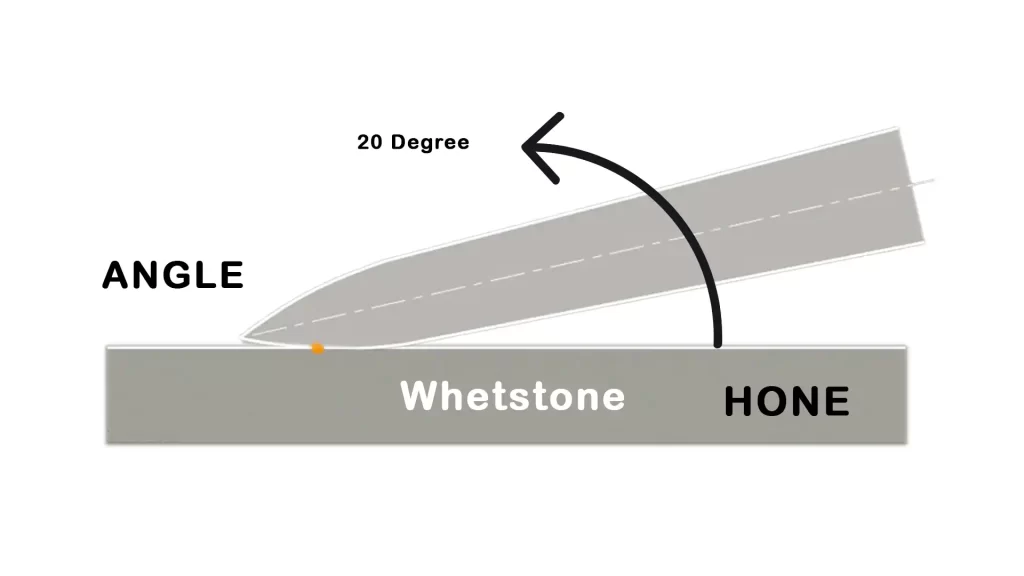
Angles from 22 to 30 Degrees:
Edges sharpened at angles between 22 to 30 degrees are considerably more durable, suitable for knives subjected to heavier abuse. While cutting ability may be slightly reduced, the durability compensates for it.
Over 30 Degree Angles:
Angles exceeding 30 degrees result in very durable edges but may sacrifice cutting ability. However, for tools like machetes or cleavers, durability is paramount, making higher angles appropriate.
Conclusion:
Navigating the world of knife sharpening angles requires understanding the trade-offs between sharpness and durability. By selecting the right angle based on your knife’s usage and steel properties, you can ensure optimal performance and longevity. Read more if Your Knife Not Getting Sharp?

